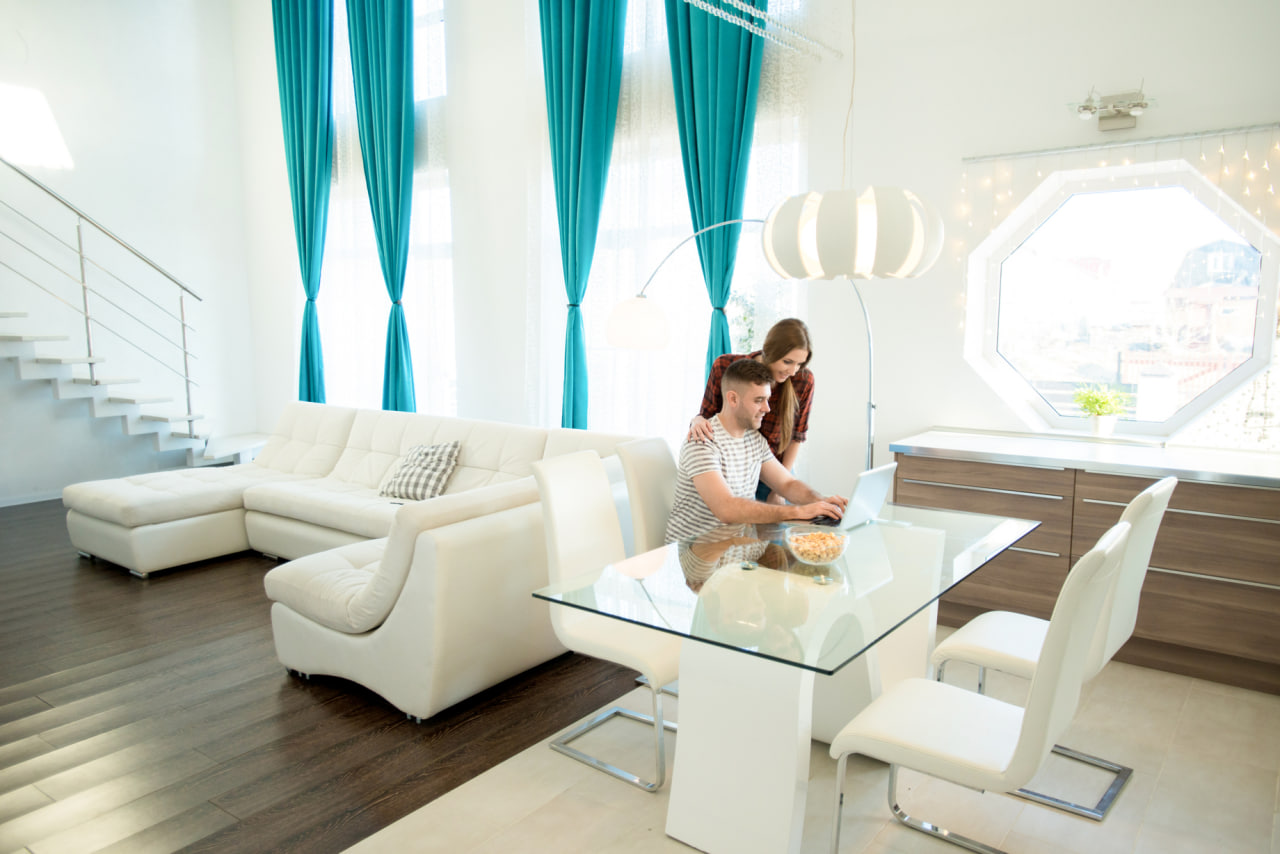Mastering Interior Lighting: Tips for Capturing the Perfect Ambiance
The Importance of Lighting in Interior Photography
Lighting is the heart of interior photography. It shapes the mood, highlights architectural details, and brings life to the colors and textures within a space. Without the right lighting, even the most beautifully designed interiors can appear flat or uninspiring. Mastering how to work with light—both natural and artificial—is essential for photographers who want to capture the true essence and ambiance of an interior.
Understanding Natural Light and Its Effects
Natural light is often the most desirable light source in interior photography because it offers a soft, inviting glow that enhances the atmosphere of a space. However, natural light varies greatly depending on the time of day, weather, and orientation of the room. Early morning and late afternoon, known as the golden hours, provide warm, directional light that can add depth and warmth to your images. Overcast days create diffused, even lighting that reduces harsh shadows and highlights details evenly. Learning to anticipate and harness these variations allows you to plan shoots effectively and capture interiors in their best light.
Utilizing Artificial Lighting Effectively
While natural light is preferred, it’s not always sufficient or controllable. That’s where artificial lighting comes into play. Interior photographers use various lighting tools such as strobes, continuous lights, and reflectors to balance shadows and illuminate darker areas. Artificial lighting can help maintain consistent brightness throughout the shoot, especially in rooms with little natural light or at night. The key is to use these tools subtly to complement, rather than overpower, the existing light sources, preserving the authentic ambiance of the space.
Balancing Mixed Lighting Sources
One of the biggest challenges in interior photography is dealing with mixed lighting—when natural daylight mixes with artificial lighting. These different sources often have varying color temperatures, which can cause unwanted color casts in your images. To address this, photographers use white balance adjustments on their camera or in post-processing to unify the tones. Bringing portable gels to modify the color of artificial lights or turning off certain light sources during the shoot can also help achieve a harmonious balance.
Using Reflectors and Diffusers to Shape Light
Reflectors and diffusers are invaluable tools that help control light without the need for additional lamps or strobes. Reflectors bounce existing light into shadowed areas, brightening them and adding dimension. Diffusers soften harsh sunlight or artificial beams, preventing blown-out highlights and harsh shadows. By strategically placing these tools, photographers can shape and manipulate light to enhance textures, highlight focal points, and create a balanced, inviting ambiance.
Embracing Shadows and Highlights
While even lighting is often desired, shadows and highlights are crucial for adding depth and drama to interior photos. Shadows can emphasize architectural details and textures, while highlights draw attention to key elements such as artwork, furniture, or fixtures. Learning to work with shadows rather than avoiding them can give your images a more dynamic and three-dimensional feel. Understanding where and how shadows fall allows you to position your camera and light sources for maximum visual impact.
Practical Tips for Shooting in Different Lighting Conditions
- Bright Sunlight: Use sheer curtains or diffusers to soften intense sunlight streaming through windows.
- Low Light: Increase your camera’s ISO, use a tripod to avoid blur, and add subtle artificial lighting if necessary.
- Mixed Light: Adjust white balance manually and consider using gels to unify color temperature.
- Night Scenes: Incorporate interior lights as part of your composition, using longer exposures for rich detail.

